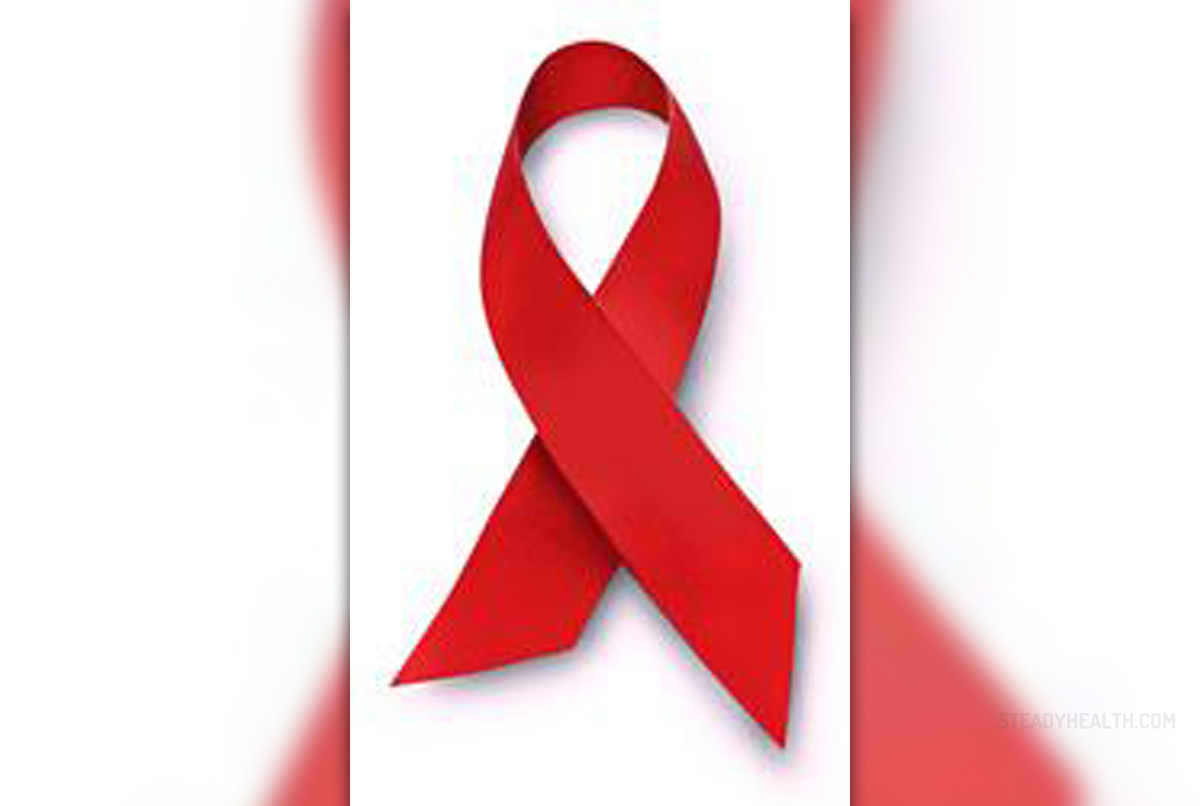
Human immunodeficiency virus (HIV) is a cause of incurable illness which eventually leads to lethal outcome. The virus attacks specific type of lymphocytes called CD4 + T cells which are used as a site of viral replication and after the virus has made its copies these cells are destroyed.
This virus is also responsible for AIDS, acquired immunodeficiency syndrome, a condition that occurs once the number of CD4 +T cells falls below certain level and the body's immune system becomes too weak to fight off opportunistic infections. Mild infections normally dealt with by healthy individuals are detrimental and life-threatening for individuals who have AIDS.Human Immunodeficiency Virus Transmission
HIV is lentivirus and a member of Retrovirus family. In humans the virus leads to inevitable and progressive failure of the immune system. Insufficient function of the immune system is blamed for lethal opportunistic infections and increased risk for certain cancers.
HIV is found in blood, semen, vagina fluid, pre-ejaculate and breast milk. A contact with these bodily fluids is the way of viral transmission. HIV is, therefore, located in the mentioned bodily fluids, but it actually replicates inside CD4 +T cells, a specific type of white blood cells. The ways of viral transmission include unprotected sex, sharing contaminated needles, accidental needle pricks (medical professionals), breastfeeding and perinatal transmission (from the pregnant woman to her unborn baby). Blood transfusion is no longer a cause of spread of HIV since donated blood is thoroughly tested for HIV and other infectious illnesses.
Human Immunodeficiency Virus Effects on the Immune System
Many different types of cells of the human immune system are attacked by HIV including helper T cells, macrophages and dendritic cells. As for CD4 +T cells, these are gradually destroyed and their destruction takes place due to three mechanisms. Firstly, the virus is capable of direct destruction of infected cells, which generally takes place after viral reproduction. The second mechanism of cellular destruction is in a form of increased rate of cellular apoptosis and finally, the third mechanism actually includes the defense of the body. The body uses CD8 cytotoxic lymphocytes and kills infected CD4+ T cells. As a result the immune system is deprived from sufficient number of specific white cells and prone to infections and cancers.
Untreated patients as well as those in whom the disease has significantly progressed usually die due to opportunistic infections. Namely, these are rather mild infections healthy individuals successfully overcome and deal with. Unlike healthy people HIV and AIDS patients cannot fight off microorganisms attacking their body, so these infectious agents multiply uncontrollably and cause major disturbance throughout the body.
Statistical Data
It is estimated that in 2009 there were around 33 million people around the world living with HIV/AIDS. Around 30.8 million were adults while 2.5 were children suffering from this horrible disease. 15.9 million women were confirmed with HIV in the same year. There were also 2.6 newly infected individuals and 1.8 million people who died for the disease. 16.6. million children became orphans because their parents died from AIDS.
As for the United States, around 1.1. million people are suffering from HIV/AIDS. Also, one-fifth of all infected people do not know they are carriers of the virus and will eventually develop AIDS.
HIV Treatment Options
HIV/AIDS is still incurable, but there are many antiviral agents that are used in treatment which may postpone development of AIDS. Even though these drugs may at least slow down viral replication, they also have many side effects. Some of them are even highly toxic and may cause heart and kidney damage or initiate osteoporosis. HAART (highly active antiretroviral therapy) is standard treatment for people suffering from HIV. This is rather aggressive treatment and represents a combination of three or sometimes more different drugs some of which are nucleoside reverse transcriptase inhibitors, protease inhibitors and non-nucleoside reverse transcriptase inhibitors.
The major problem of HIV is that the virus mutates quickly and treatment failure may affect half of all treated patients within a year or two. Treatment failure is mostly related to drug resistance. The majority of patients also miss the dose of prescribed drugs because of the complexity as well as discomfort of the therapy.
Even patients who respond well to HAART are not considered cured. Instead, the virus continues multiplying but slowly which decelerates the progression of the disease.
What to Expect?
Without any treatment patients suffering from AIDS may survive between 9 and 10 years. In case of AIDS patients may survive between 6 and 19 months. The actual length of survival depends on the HIV subtype. Fortunately, HAART may efficiently raise the life expectancy for all newly diagnosed individuals to 20-50 years.
Finally, the infection can be prevented by using latex condoms each time one engages in any kind of sexual intercourse, by avoiding sharing needles and not breastfeeding the baby if mother is infected. Transmission from a pregnant woman to her child does not have to occur but it cannot be completely prevented with specific therapy.


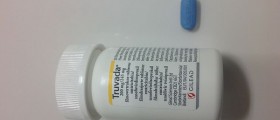

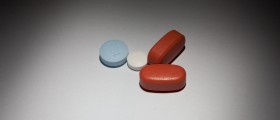
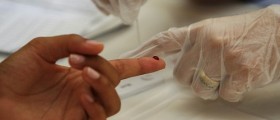
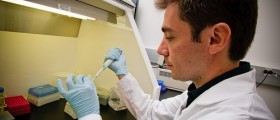

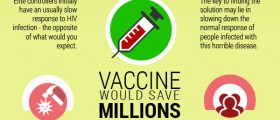



_f_280x120.jpg)


Your thoughts on this
Loading...